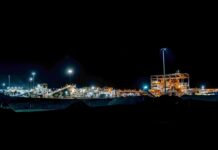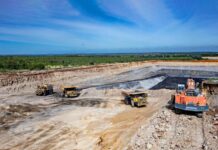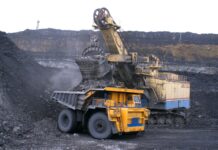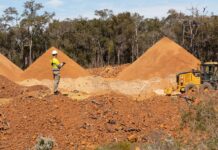How long does it take to build a nuclear reactor in Australia?
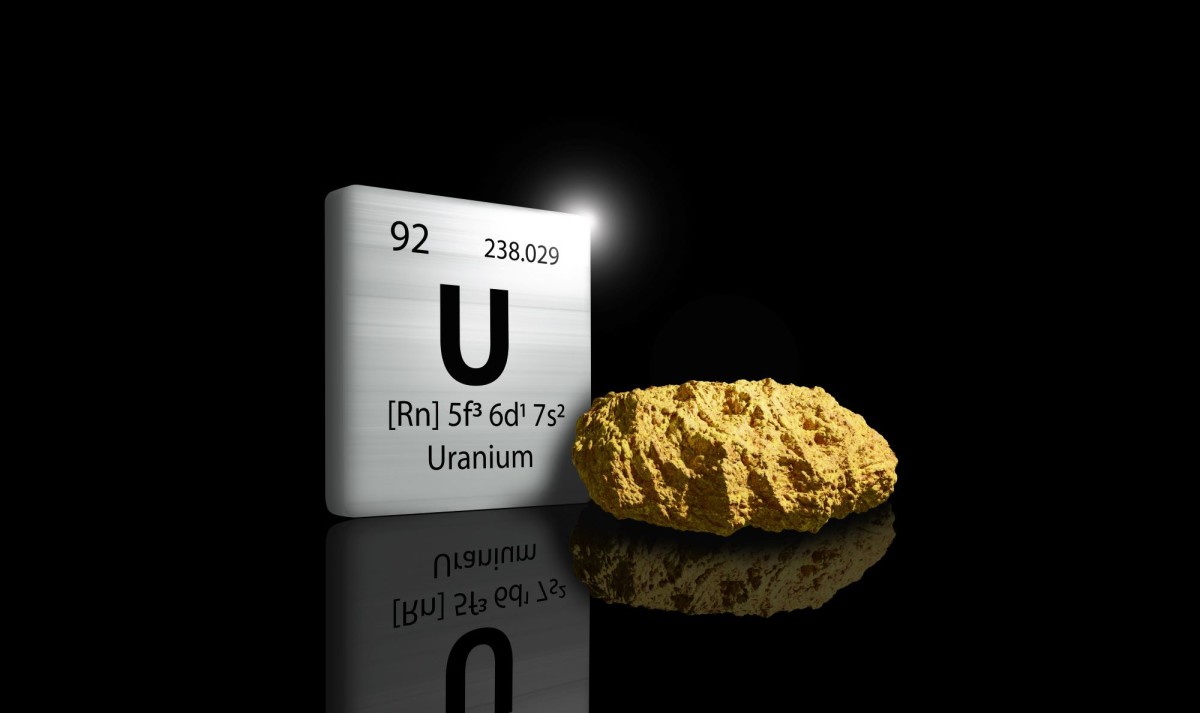
China recently approved the build of 11 new nuclear reactors and, with the East Asian country having the fastest growing nuclear energy program in the world, we find out where Australia stands in the transition to reliable renewable energy and how long it might take to build a reactor here.
CSIRO’s GenCost 2023-24 report estimates a development timeline of at least 15 years for a nuclear reactor in Australia, including construction.
But this is in the absence of a local development pipeline, additional legal, safety and security requirements, as well as stakeholder evidence.
Nuclear For Australia founder Will Shackel says a shorter timeframe is possible.
“The best experts suggest it’s anywhere between 10-15 years for Australia,” he said.
“The UAE [United Arab Emirates] went from scratch to having nuclear in around 13 years, so this isn’t unrealistic for Australia to say that we could build it in a good amount of time.”
Former Australia’s Nuclear Science and Technology Organisation (ANSTO) chief executive – and current scientist and engineer – Dr Adi Paterson says nuclear plants take 6-8 years to build.
“The Generation 3+ plants, whether they’re the big or the smaller ones, have got a modular design [and] and they are built very efficiently,” he said.
“For Australian companies, they would be able to get it into the supply chain for the construction.
Dr Paterson says both wind turbines and solar panels last about 25 years.
“Nuclear reactors are certified in parts of the world up to 60 years and they’ll certainly get to 80 years,” he said.
“Anybody who builds a Korean AP400 or an AP1000 from Westinghouse is going to get a world-class reactor and they can be built as they have been in the Emirates between 6-8 years.
“You can go from first concrete to connection to the grid within 12 years.”
China
The impetus behind China’s move to nuclear energy are environmental. These include: concerns over air pollution from its coal-fired plants; carbon emissions reduction; and reaching 20% of primary energy consumption from non-fossil fuels by 2030.
According to the World Nuclear Association, China currently operates 56 reactors, with 30 under construction, 37 planned and 158 proposed.
Its total uranium required in 2024 is 13,132tU.
Australia
Australia, on the other hand, has one nuclear research reactor in Lucas Heights, NSW, run by ANSTO.
“We have got some of the best potential [uranium] deposits that we know from geological work that has been done and we’ve got 45% of the whole of global uranium in the world,” Dr Paterson said.
Yet Australia makes up only 8% of global uranium production, or 4087tU, in 2022.






